Entry Category: Folklore and Folklife - Starting with S
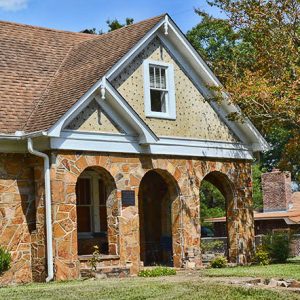 June Sandidge House
June Sandidge House
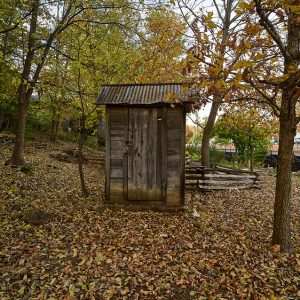 Shiloh Privy
Shiloh Privy
 Sidewalk Marker
Sidewalk Marker
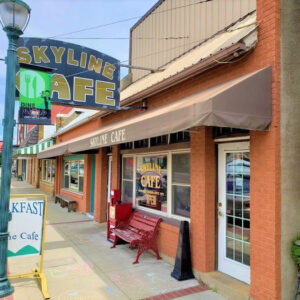 Skyline Cafe
Skyline Cafe
 Skyline Cafe
Skyline Cafe
Skyline Cafe
Snawfus
 Snawfus
Snawfus
 Soldier with Bowie Knife
Soldier with Bowie Knife
 Sorting Pickles; 1955
Sorting Pickles; 1955
Spence, Helen
 Cicero and Helen Spence
Cicero and Helen Spence
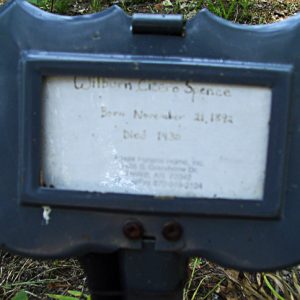 Cicero Spence Grave
Cicero Spence Grave
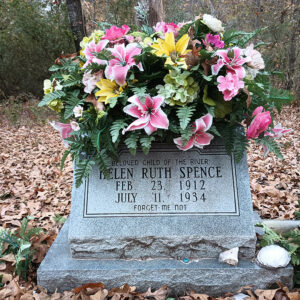 Helen Spence Gravesite
Helen Spence Gravesite
Springer, Andrew (Lynching of)
Star of India
 Star of India
Star of India
Starr, Fred
State of Arkansaw, The
Stilley, Edward Lawrence (Ed)
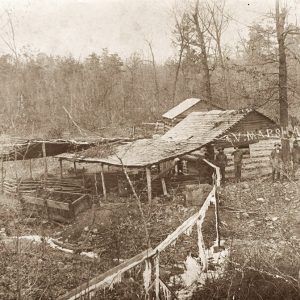 Stone County Still
Stone County Still




